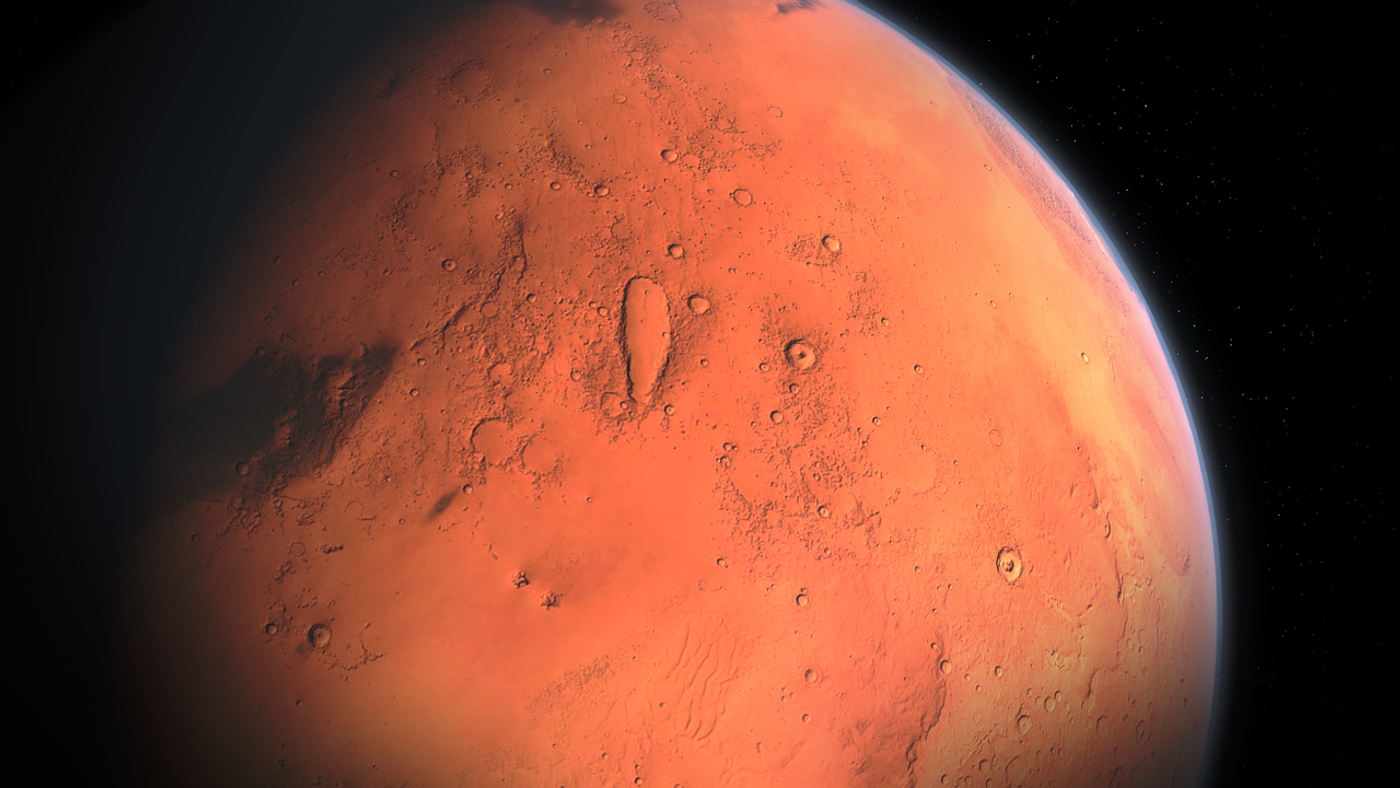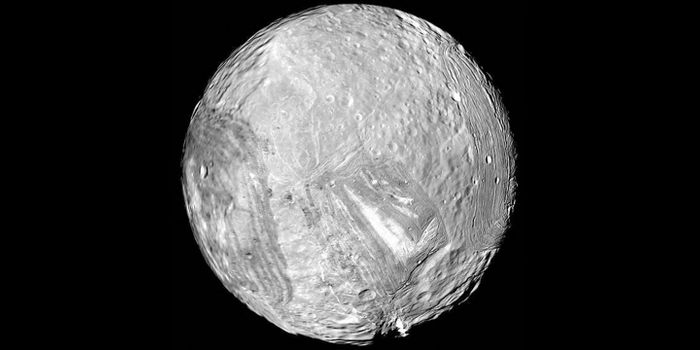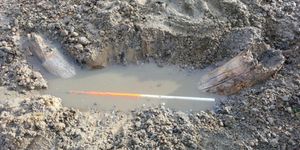What Happened to Mars' Atmosphere?
Most scientists agree that Mars once had a vibrant atmosphere similar to the Earth’s. Such an atmosphere would have differed slightly in composition from that of the atmosphere on Earth, but nevertheless, it’s something scientists have been trying to study for eons with clues from the Curiosity rover and the Marven satellite.
Due to the way the red planet sits today, we can study the surface with the Curiosity rover and the overlaying atmosphere with the satellite and test hypotheses about what has caused the strange clues we find. Among those are traces of certain kinds of gasses in the atmosphere and evidence for sites where water once flowed on Mars.
Image Credit: Aynur_zakirov/Pixabay
On the other hand, if the atmosphere probably differed in composition from the Earth’s, then what was it made up of? According to a study published in Science Mag, Mars’ atmosphere was mostly composed of carbon dioxide and had traces of other kinds of gasses as well, including argon.
You might also like: Mars' Curiosity Rover finds dust devils racing across the Martian surface
The argon exists in two different kinds of isotopes, including the lighter argon 36 and the heavier argon 38. Very small traces of both can still be found in the atmosphere today with the Marven satellite.
On the other hand, in order for liquid water to have existed on the red planet’s surface to create the structures we see today, which look like dried up rivers and deltas, it would have required a much thicker atmosphere than Mars has today, which would suggest that much of the atmosphere was somehow lost.
Since Mars doesn’t have much of a magnetic field to protect it like the Earth does, it’s not rocket science to understand that solar wind would have played a big role in stripping away the planet’s atmospheric gasses and dragging them off into space.
But just how much of the atmosphere was lost to space and what was it like before the stripping away started?
By measuring the aforementioned argon isotopes, scientists were able to devise a ratio that helped them estimate that around 66% of Mars’ atmosphere has been lost to date since it initially formed. They kept in mind that argon 36 is lighter than argon 38 and that the former would have been more easily swept into space than the heavier counterpart.
Other gasses, including the argon, would have been swept away as well, but since argon is an inert gas, we know that by studying it we can tell just how much of the atmosphere was swept away. The ratios of other lost gasses should be generally trendy with the numbers we’re seeing with argon.
Related: How NASA plans to send mankind to Mars in just a few decades
At one point, when the 66% of Mars’ atmosphere was still a part of the planet, there was enough atmospheric pressure for liquid water to exist. Unfortunately, as that atmosphere disappeared, so did the pressure that sustained the water.
Understanding how Mars lost its atmosphere or exactly what it may have been like prior to doing so is no easy task, but it could provide important clues into what happens to a planet over time and whether or not Earth could share similar consequences in the future.
Source: Forbes









